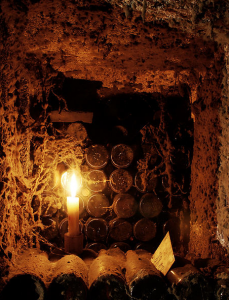 Some VERY old bottles. Let's hope they have what it takes to open up well!
Some VERY old bottles. Let's hope they have what it takes to open up well!
Aging a bottle of wine has a very distinct, qualitative effect on the contents. But it's a very unpredictable effect. This leaves wine aficionados in a rough place--you don't want to spend the time and the money aging a nice bottle of wine, only to open it up and find out that: a) you didn't wait long enough, b.) you waited too long, or c.) it wasn't a good candidate for aging anyway. Although wine aging is imprecise, there are some clues that can help you, like some psychic detective who figures out the crime in advance, determine the right bottles to cellar.
Sugar content and alcohol: A high percentage of sugar and alcohol slows the aging process, keeping the wine chemicals from reacting too fast and becoming unbalanced, or worse, turning to vinegar.
Tannins: Highly tannic wines are generally great candidates for aging. Tannins are phenolic compounds present in the skin, seeds, and stems of grapes (and thus, usually only in red wines). You know the wine you're drinking is tannic when it gives your mouth a dry, puckering sensation that can be very unpleasant. But as tannins age, they bind to each other, losing their astringent quality and making the wine supple and smooth. They also bind to other compounds in the wine, changing their chemistry and giving the wine new, complex flavors.
Structure: Tannins don't mean good aging by themselves. They need the proper acidity and fruitinesss to back them up. Having great tannins or wonderful fruitiness alone isn't enough. A wine that will age gracefully needs to have a backbone--or "structure" to it that will keep the wine from deteriorating into muddiness as it ages. A wine with good structure should have tannins backed up by distinct acidity and concentrated, nuanced fruit flavors.
Varietals that age well:
Riesling: A wonderful candidate for aging. A good Riesling can go on improving, growing rounder in flavor, virtually forever.
Cabernet Sauvignon: Cabs from Bordeaux, California, and many other places have the bold richness needed to age well. When determining whether a Cab will develop delicious secondary and tertiary flavors, ask yourself if it has the structure, tannins, and richness of fruit needed to hold up to years of aging.
Chardonnay: It depends. A rich, buttery Chardonnay doesn't have the structure to age well and will fall apart within a few years. But acidic Chardonnays with rich mineral tastes can very well improve with aging.
Fortified wine: Port, Madeira and the like age wonderfully because their high quantities of sugar and alcohol act to slow down the aging process, meaning that they can open well after even hundreds of years.
Pinot Noir: Professional opinions vary. Many experts think that the taste of a young Pinot is so great that you shouldn't hang on to one for more than five years. But others hold that a well-aged Pinot is the holy grail of the wine world. This grape, so unpredictable on the vine, is unpredictable in the cellar too.
Syrah: Most Syrahs age well, but only up to a limit--about 10 years.
Merlot: Merlot is a very forgiving wine. Many bottles taste great young, but will still benefit from some time in the cellar. So Merlot is a great varietal to experiment with--try a variety of ages and see what suits your tastes.
Zinfandel: Like Cabernet Sauvignon, many Zinfandels have the potential to age to greatness.
Old Italian wines: Yes, they've already been aging, so you might say they don't count, but these wines can make a valuable addition to your cellar. Italian wines from the 50s and 60s age wonderfully because they were made by farmers with primitive equipment. Their wines ended up very high in tannins, making them great aging candidates.
Varietals that don't:
Sauvignon Blanc, Pinot Grigio, and most Rosés: They don't have the structure necessary for good aging.
Wines under $15: They're made to drink now.
Champagne: Though some champagnes can age well, becoming rounder, softer, and less bubbly over time, most are not meant to. If you're holding on to a 20-year old bottle from your wedding, you probably won't like it.
Why age at all?
You may have heard that since most wine nowadays is drunk within 48 hours of purchase, winemakers are starting to cater to the customer who plans to open the bottle right away. There is some truth to this statement--some winemakers, for example, are tending to harvest Cabernet Sauvignon grapes when they are very ripe--almost too ripe. This results in a wine that is high in fruit, acid and tannins, meaning that you can drink it younger, but not necessarily that it tastes good. Wines like this lack the subtlety and grace of a "true" Cabernet Sauvignon, which has a richness of background flavors that makes drinking it anything but a one-note experience.
Wines that have the foundational flavors to age well--a balance of tannins, acids, fruit, sugar, and alcohol, will develop secondary and even tertiary flavors, meaning that the wine will keep surprising the palate with new tastes and aromas from the first sniff to the end of the bottle. These flavors, which can remind the drinker of smoke, leather, figs, soil, or a thousand other subtle smells and tastes, make the drinking of a properly aged bottle a completely unique experience.
Hints for wine collectors:
No one can predict the perfect age at which a wine should be opened. If you want to come as close to perfect as possible, the best thing to do is buy a case of wine at a time, and open a bottle every so often to gauge how it's coming along. And don't think of it as a waste--it's an entertaining an educational experience to see how the flavors change as a particular vintage matures. Alternatively, you can look online to find people who have opened the vintage you're holding on to, and see what they thought of it. This is the best way to determine the right age.
Be sure to keep tabs on the ages of the wines in your cellar. Remember that there's no use aging wines if you're just going to let them turn to vinegar in a forgotten corner. Keep tags on your bottles' necks so that you can read the label without disturbing the contents, and keep a detailed record of everything in your winery, whether on paper or digitally (such as with an eSommelier wine cellar management device). Don't forget to include tasting notes when you finally open the bottle.


